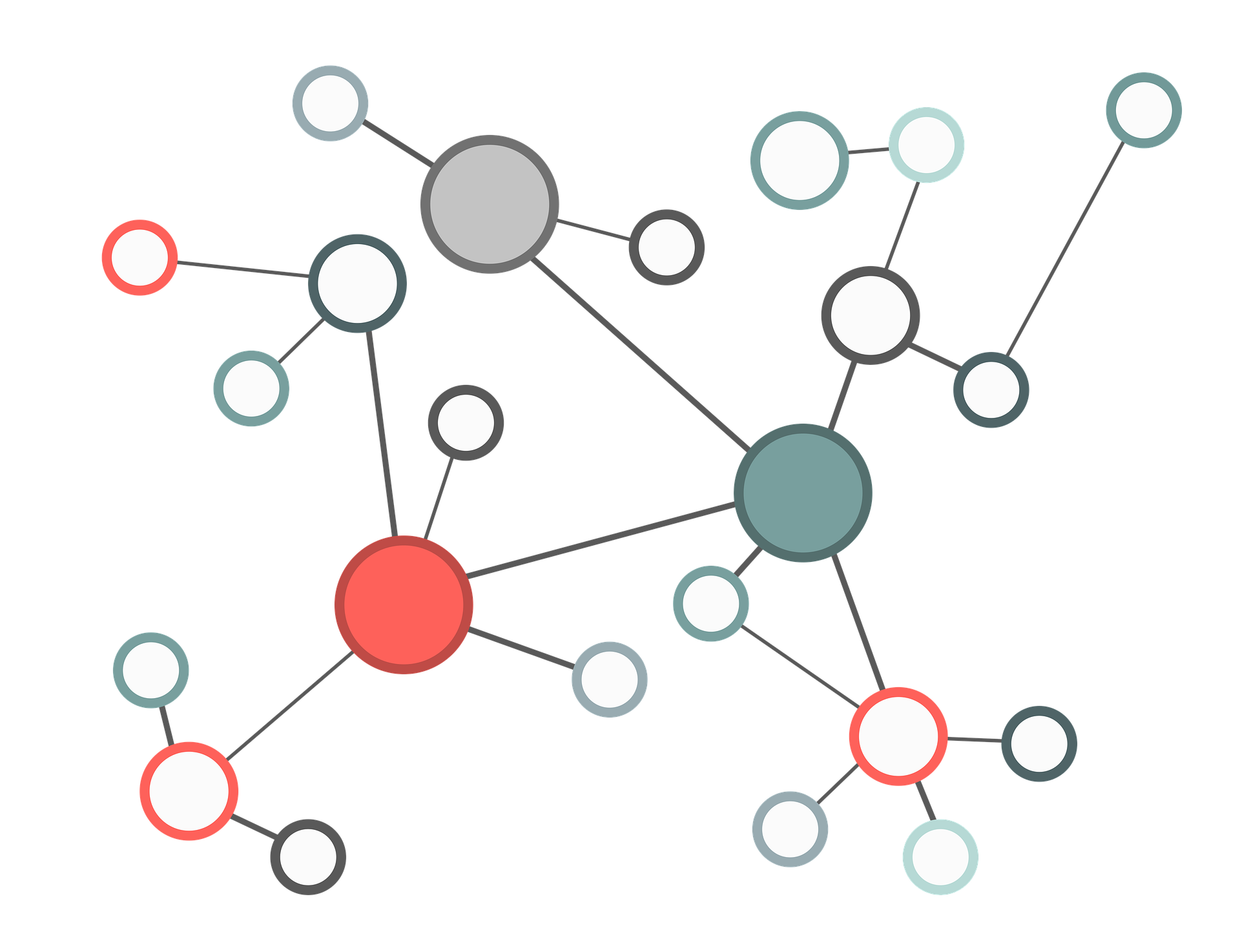
Andrea Webb, Assistant Professor of Teaching
Department of Curriculum and Pedagogy
QUICK INFO
Key Themes: Online teaching, preparation, expectations and opportunities
|
Interview with Dr. Andrea Webb
August 10, 2020
Online Teaching Background
I have a background in K-12 education; I have previously been involved in designing social studies curriculum materials for teaching social studies online. This was at a time when they started to make the transition from correspondence courses, where people would mail in their assignments, to an online version of that. And since we have made our pivot, I’m continuing some work that I started before in the Scholarship of Educational Leadership program that we run here in the Faculty of Education. We have had a number of international cohorts with partners around the world including the UAE, England and Singapore. For a number of years, they’ve often been supplemented with one of our team members traveling to those locations to do face-to-face work with them, but this is the first time that we’ve been running the entire program – for both the domestic and the international participants – entirely online. So it’s been a bit of a shift.
Adjusting to The Pivot
I love being a teacher. And I do miss some of that magic that happens in the classroom when you’re working with people and you put them into groups, and you get to pop-in and listen in, and have that just-in-time interaction with people. But the courses themselves have been going really well. One of the things I learned is how much I have to be prepared in advance. I have to have all of the curriculum and pedagogical ideas structured in my head. Once I have that, then the online interaction for the actual courses goes really smoothly. It provides a really great learning experience for people to be able to work at their own pace, to be able to interact with other colleagues in very informal ways, as well as reaching out to each other in formal breakout sessions.
“One of the things I learned is how much I have to be prepared in advance. I have to have all of the curriculum and pedagogical ideas structured in my head.”
Three Pieces of Advice for Instructors New to Online Teaching
I. Adapt ≠ Replicate
First of all, it has been really important to understand — and this was a bit of a paradigm shift for me — that it’s not just about taking the class that I normally teach and putting it online. That I actually had to make an intellectual shift in terms of how my students are going to interact. And in some cases, I can’t do the same activities that I used to do. It means that I am shifting how I’m conceptualizing the teaching and learning. The learning objectives and the desired outcomes are still the same, but the way that I’m implementing that is a little bit different.
II. Preparing in Advance
The second thing has been how much I want to prepare in advance or I need to prepare in advance, because there isn’t that same opportunity for that just-in-time interaction. Sometimes that means that you’re catching errors that you have made or communication issues that have come through that were unintentional. And so if I have everything really clearly laid out in advance, then that opportunity for missed communication or a miscommunication is mitigated a little bit.
III. Give Yourself Permission
The third thing is I’ve given myself permission for it not to feel the same. And as I mentioned, I love teaching; I love the excitement of being in the classroom and the magic of what happens there. This isn’t the same kind of teaching, and that’s okay. My students are still having a great learning experience; they still are enjoying the courses, they’re still connecting with their colleagues and getting to know other people. And they’re still having a great time, but it’s just a different way of doing it. And I’m okay now with the fact that it’s different. I feel different, but they may not necessarily feel different about it.
“It has been really important to understand … that it’s not just about taking the class that I normally teach and putting it online. That I actually had to make an intellectual shift in terms of how my students are going to interact.”
Expectations and Opportunities
If we go in with expectations that it’s going to be the same, then we will be disappointed, and we will maybe be unhappy with our own instruction. So [we are better off] if we go in with the expectation that this is different, and it’s going to be a challenge. You’re actually having to really think through your course again, which maybe you haven’t been thinking about for the last couple of years, because you’ve been on autopilot, doing your course again and again. You have to really think it through again, because it’s essentially a different course. It’s not the same course as the one you do face-to-face, it’s a different course. And that’s good. That’s great! It’s encouraging us to be a little bit more reflective about our courses, and the things that we’ve taken for granted as part of our courses, which we maybe should have been reassessing anyway.
Depending on Learning Technologies: Camtasia
I have become much better friends with Camtasia than I ever thought I was going to be. We’re now good buddies. Mostly because I was using Collaborate Ultra for my course because I started teaching my course before some of the integrations with Zoom started to happen. And, so, with Collaborate Ultra, as soon as you pause the recording, it becomes something totally different. I have also learned to edit a slide and redo a voiceover because I found a spelling error, which I might have been okay with passing over in my regular classroom. But now I know that people are viewing them at different times. They’re not necessarily viewing the videos live with me. So I have made friends with Camtasia in a big way.
I know that sounds like a funny thing to be using, but I found it very approachable. I found the tutorials that are available for it to be excellent. I love the fact that it lets me record things again and again until I get it right, and I like the fact that you can actually see the voice modulation because I know a lot more about where to cut it. There’s not necessarily a learning technology that I’m in love with, but that’s one that I found so useful. And being a little bit more fluent or flexible or knowledgeable about it has made a huge difference in terms of being able to edit the classroom sessions before I put them online, making a recording of my own video lectures with a little bit of voiceover for the slides, and feeling much more confident that I can get one of those lectures out and about.
A lot of it just has to do with flexibility. I found the tutorials were really good. Not only the stuff that ETS has in terms of guidance, but also TechSmith, which has some great voiceover tutorials. I appreciated the fact that I could just cut and snip particular sections, and then redo the voiceover or put in a new slide so that I could update it, and I could fix spelling mistakes. I could make those edits in a relatively short period of time, because I found it user friendly. It was a nice technology to be using and it helped me a lot.
Re-envision Our Teaching & Learning
I think as an online education peer mentor for my Department in EDCP, the one thing in my own work that’s really become quite apparent is reminding people that this is not just taking your course and putting it online; you actually have to make a number of shifts. An online education is different from face-to-face education, and that has great opportunities in it as well. It’s not a negative change, it’s just different, and we have to think about our courses differently too. If we do that, there are exciting opportunities to re-envision parts of our courses that allow the learners to take so much more responsibility and accountability – to really live in a learning-centred way, rather than a teacher-centred way.
“If we [can shift how we think about our courses], there are exciting opportunities to re-envision parts of our courses that allow the learners to take so much more responsibility and accountability – to really live in a learning-centred way, rather than a teacher-centred way.”
We have to re-envision [how we teach], and just because we’ve taught our course the same way for the last five years and we’re quite comfortable with it doesn’t mean that that’s necessarily always the best learning for our students. We have to this opportunity to re-evaluate how we teach our courses, and provide a new way of instruction to our students, which I think is a great thing. And in some cases, we’ve been pushed into it a little bit, but that’s where we’re at and we should make the best of this situation.
Back to Faculty Experience.





